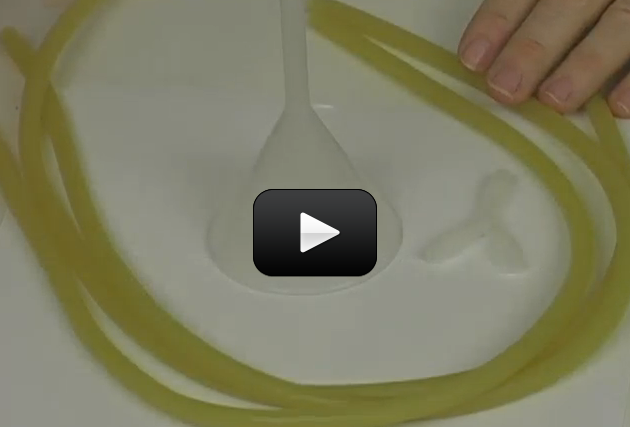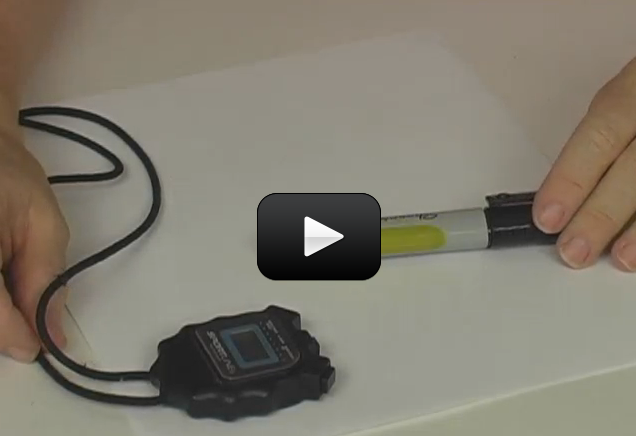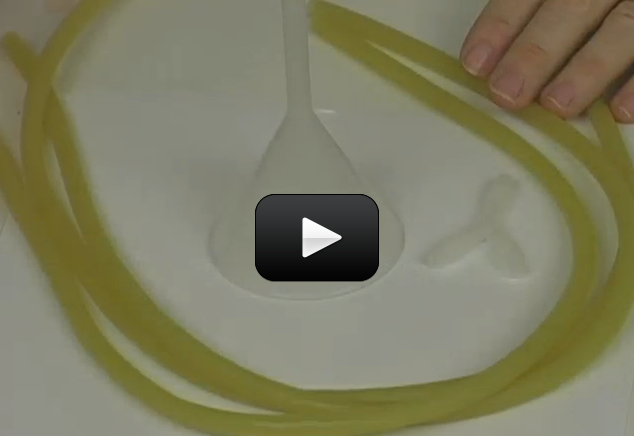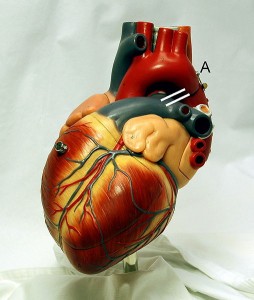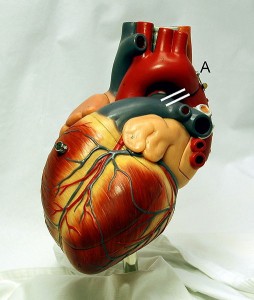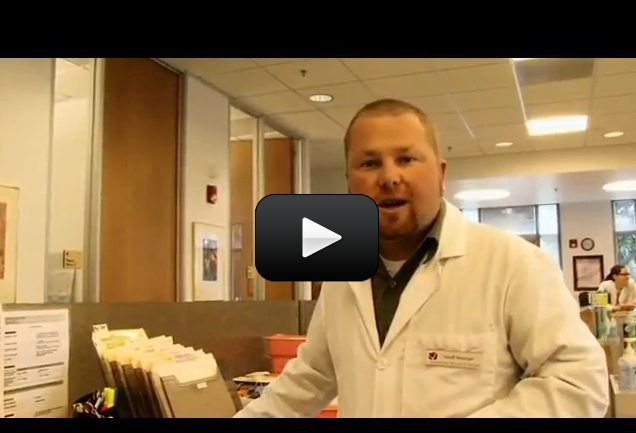The heart is the most important organ in the cardiovascular system. You may heard your heart beat when you were at the doctor’s office, but you may never have thought about what the heart was actually made of. The heart is made of four sections, or chambers. The two chambers at the top of the heart are called the left atrium and right atrium. The two chambers at the bottom of the heart are called the left ventricle and right ventricle.
The job of the atria (that’s the plural of atrium) is to get blood from the other parts of the body. The job of the ventricles is to pump the blood from the heart to other parts of the body. We’ll worry about exactly where the atria are getting the blood from and where the ventricles are sending it to a little later. For now, just make sure you understand that atria get blood in and ventricles pump blood out.
Along with the heart, another important part of the cardiovascular system are blood vessels. There are three main types of blood vessels; arteries, veins, and capillaries. Arteries are blood vessels that carry blood away from the heart. Arteries have thick walls. They need these thick walls because there is a lot of pressure on the blood in arteries. Every time the heart contracts, it creates a force on the walls of the arteries. This force creates pressure. You’ve probably heard of blood pressure, and had your blood pressure taken during a check-up.
Blood pressure is a measure of the pressure on the walls of the arteries caused by your beating heart.
The next types of blood vessels are veins. In many ways, veins are the opposite of arteries. While arteries move blood away from the heart, veins bring blood back to the heart. While arteries have thick walls to handle blood under high pressure, the walls of veins are much thinner, because the blood they carry is under a much smaller amount of pressure. Veins contain valves, which stop the blood they are carrying from moving backwards.
The last types of blood vessels are capillaries. Capillaries connect veins and arteries, and they are tiny. Their walls are only one cell thick, and they are so narrow, blood cells have to go through them single file. In spite of their small size, however, capillaries are the place where one of the most important things in our body happens. Networks of capillaries, called capillary beds, are the places where blood gives off oxygen to the parts of the body, and collects waste products like carbon dioxide. One of the major purposes of the cardiovascular system, oxygen transfer, is happening in these tiny vessels. The more active an organ is, the more capillaries it will need to get oxygen and other nutrients from the blood.

